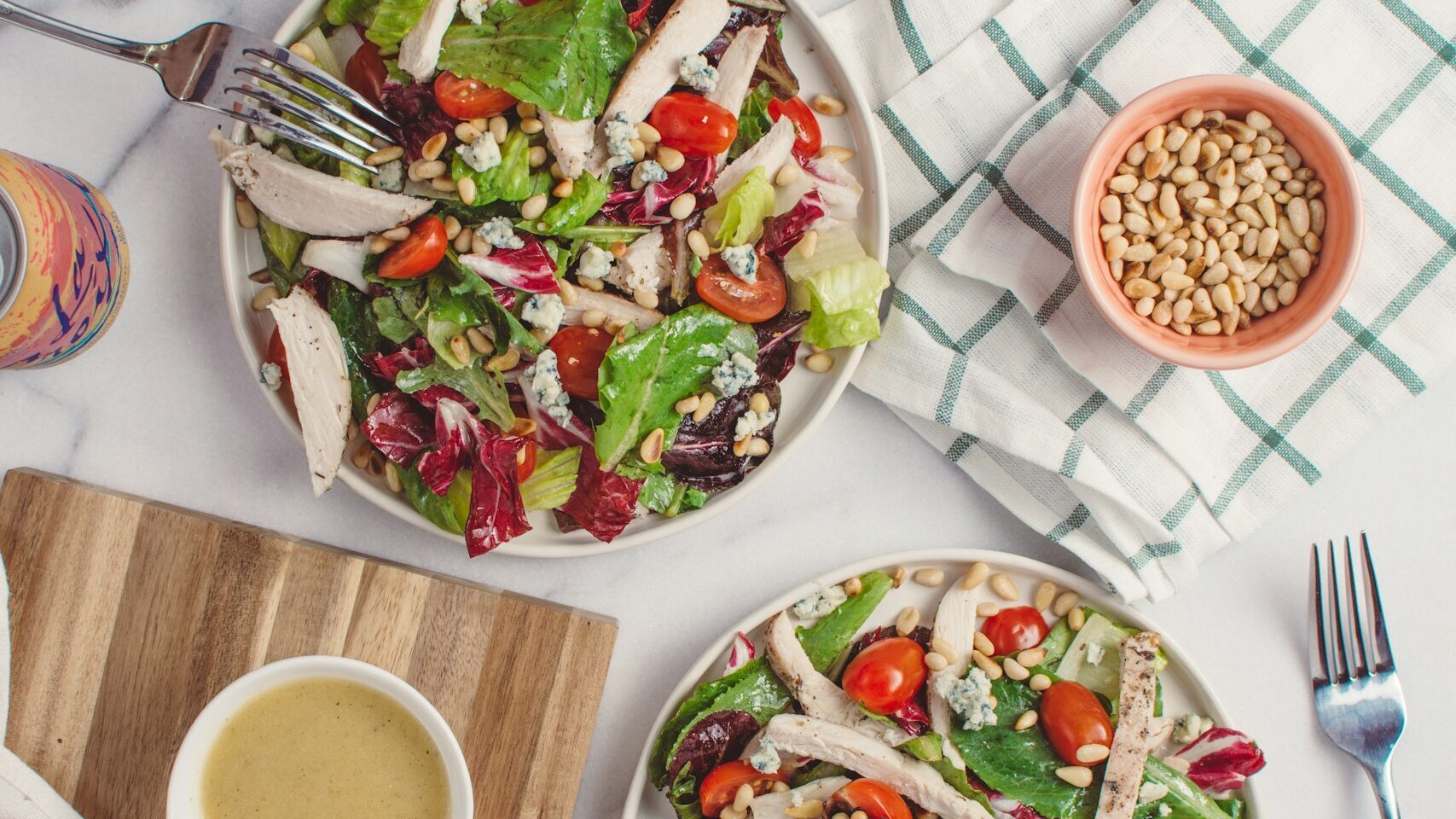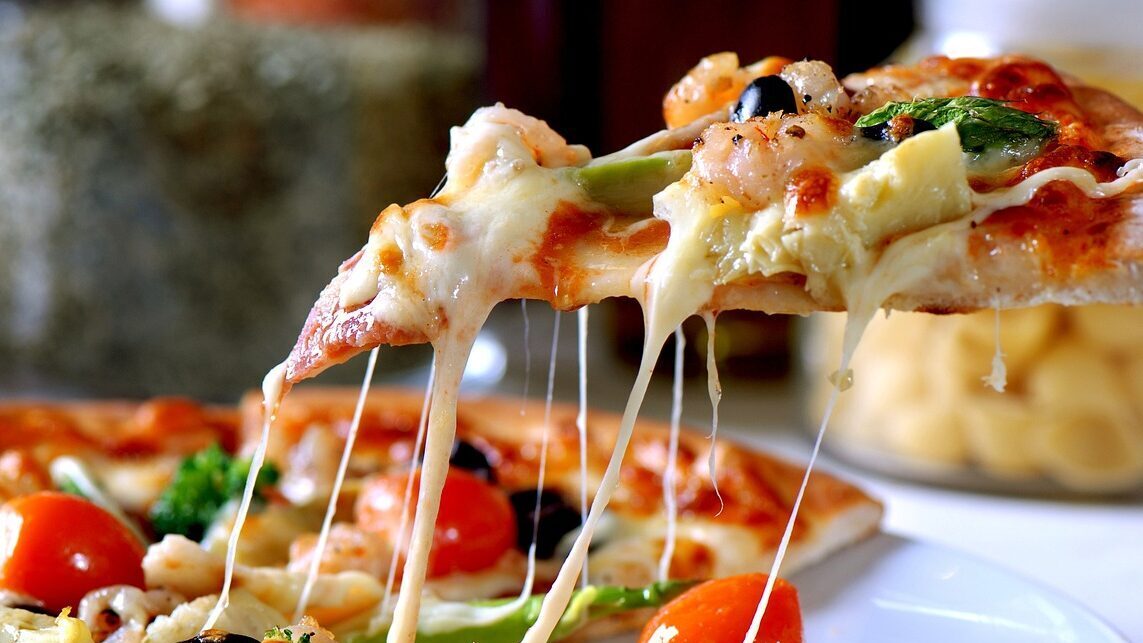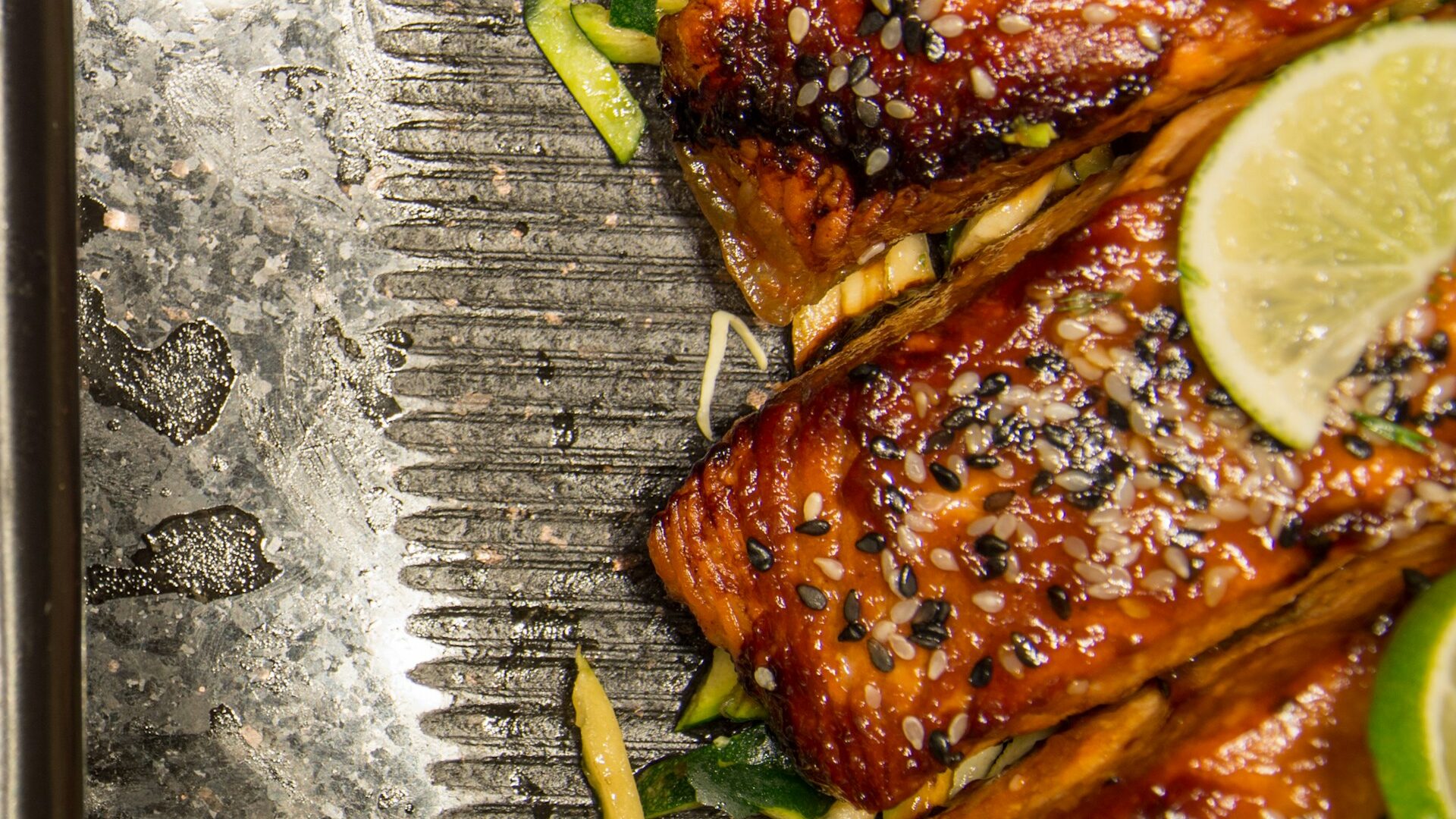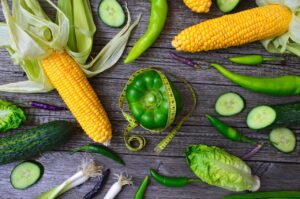Understanding the Keto Diet
Are you curious about the keto diet and how it could transform your health? You’re not alone! The ketogenic diet has surged in popularity due to its ability to facilitate weight loss and enhance overall wellness. So, what is it really, and how do you begin your journey? Let’s explore this concept in detail.


What is the Keto Diet?
The keto diet, short for ketogenic diet, is a low-carb, high-fat eating plan that encourages your body to enter a state of ketosis. When your body enters ketosis, it becomes remarkably proficient at utilizing fat for energy instead of carbohydrates. This shift can lead to weight loss and may have various health benefits. Many people turn to this diet to lose weight, improve their health, or manage certain medical conditions.
Curious about how keto can impact your weight loss journey? Check out our post: Ketogenic Diet for Weight Loss: Beginner’s Guide
How the Keto Diet Works to Transform Your Health?
When you drastically reduce your carbohydrate intake, your body has to find an alternative fuel source. Typically, carbohydrates are the body’s main energy source. However, when carbs are limited, your liver converts fats into ketones, which then serve as an alternative energy source.
The Macros: What to Eat
On a standard keto diet, your daily caloric intake typically breaks down as follows:
Fat: 70-75%
Protein: 20-25%
Carbohydrates: 5-10%
This means that foods rich in fats (like avocados, nuts, and olive oil) should be your staples, while you’ll want to avoid sugar, bread, and most fruits.

Getting Started on a Low-Carb Diet: A Beginner’s Checklist
Embarking on the Keto journey might feel daunting initially. To make the transition easier, begin by reducing your carb intake gradually. Focus on eating whole, unprocessed foods. Here are some steps to guide you.
1. Researching the Ketogenic Diet Before You Start
Before diving in, take time to understand the basics of the keto diet. There are countless resources online, including forums, websites, and books.
2. Keto Diet Pantry Clean-Out
To set yourself up for success, clear out foods that don’t align with the keto diet, such as sugary snacks, grains, and high-carb items.
3. Stock Up on Keto Essentials
Fill your kitchen with keto-friendly foods, including:
-
- Healthy Fats: Olive oil, coconut oil, butter, and avocados.
-
- Proteins: Meat, poultry, fish, eggs, and low-carb dairy.
-
- Low-Carb Vegetables: Leafy greens, broccoli, cauliflower, and zucchini.
4. Meal Planning
Plan your meals ahead of time. This approach will help you stay focused and resist cravings. Consider using meal prep containers to organize your portions.
5. Stay Hydrated
Drink plenty of water, as the keto diet can cause your body to excrete more fluids. Consider adding electrolytes to maintain balance.
6. Tracking Macros of Your Low-Carb, High-Fat Diet
As you start the Keto diet, it’s important to monitor your progress. Make sure to monitor your food consumption and how you’re feeling throughout the process. This can help you make necessary adjustments.
Many people find it helpful to use a food diary or an app to log their meals. This can provide a clear picture of your macronutrient intake and ensure you stay on track. Using apps like MyFitnessPal or Cronometer can help you track your macronutrient intake and ensure you’re hitting your goals.


Common Challenges and Solutions of The Keto Diet Lifestyle
What to Expect in the First Few Weeks of the Keto Lifestyle
Keto Flu
As your body adapts to burning fat for fuel, you may experience symptoms known as the “keto flu.” This can include symptoms like headaches, fatigue, and irritability. These symptoms usually subside within a few days, as your body adjusts. To ease these symptoms, make sure to stay hydrated and replenish your electrolytes. Consuming enough salt, potassium, and magnesium can help.
Testing for Ketosis
You can test whether you’re in ketosis using ketone test strips, which measure the level of ketones in your urine.
Common Mistakes to Avoid During the Fat-Burning Diet
- Not Eating Enough Fat: It may feel strange to increase fat intake, but it’s crucial to reach ketosis.
- Overeating Protein: While protein is important, too much can kick you out of ketosis. Focus on fats!
- Ignoring Fiber: Incorporate low-carb, high-fiber vegetables to aid digestion.
Maintaining a Balanced Diet
While on the Keto diet, it’s important to maintain a balanced diet. Ensure you get enough vitamins and minerals by including a variety of foods in your meals. Consider adding supplements if needed. For example, you might need to take a multivitamin, or a specific supplement recommended by your healthcare provider.
Benefits of the Keto Diet
- Weight Loss: Many people experience rapid weight loss on the keto diet due to reduced carbohydrate intake and increased fat burning.
- Improved Energy Levels: Once you’re in ketosis, many people report having more sustained energy without the crashes associated with high-carb diets.
- Better Mental Clarity: Some keto followers claim improved focus and clarity, possibly due to the steady supply of energy from ketones.
- Potential Health Benefits: Some studies suggest that the keto diet may have therapeutic benefits for conditions like epilepsy, type 2 diabetes, and even certain types of cancer.
The Keto diet offers several potential benefits. However, it’s important to remember that results can vary. Always consult with a healthcare professional before making significant changes to your diet.
For a deeper dive into whether the ketogenic diet is truly effective for weight loss, click here to read the full article.
Staying Consistent
Join a community: Find online forums or local groups for support and accountability.
Celebrate Small Wins: Keep track of your progress and celebrate milestones, whether it’s losing a certain amount of weight or feeling more energetic.
Consistency is key to success on the Keto diet. Stick to your meal plan and stay committed to your goals. It can be helpful to find a support group or connect with others who are also following the Keto diet. Remember, it’s okay to have occasional setbacks. The important thing is to get back on track and continue working towards your goals.
Delicious Keto Diet Recipes You Must Try
-
- Keto Breakfast: Avocado and Eggs
Smashed avocado with poached eggs makes a perfect start to your day. Just mash the avocado with some lime juice and top with poached eggs for a hearty breakfast.
- Keto Breakfast: Avocado and Eggs
-
- Keto Lunch: Zucchini Noodles with Pesto
Swap out traditional pasta for zucchini noodles and toss them with a homemade pesto for a refreshing lunch option.
- Keto Lunch: Zucchini Noodles with Pesto
-
- Keto Dinner: Grilled Salmon with Asparagus
A simple yet delicious dinner. Season salmon fillets with lemon and herbs, grill, and serve with roasted asparagus.
- Keto Dinner: Grilled Salmon with Asparagus


In summary
Navigating the Keto diet can be challenging at first, but with the right approach, it can become a sustainable lifestyle. It can be a powerful tool for weight loss and health improvement. By focusing on high-fat, low-carb foods, you can help your body adapt to burning fat for fuel. Remember to be patient with yourself as you transition, and don’t hesitate to reach out for support. Focus on whole foods, monitor your progress, and stay consistent. With the right mindset and preparation, you can thrive on the keto diet and enjoy its many benefits! By following these guidelines, you can successfully navigate the Keto diet and enjoy its potential benefits.
FAQs
1. Can I eat fruits on a keto diet?
While most fruits are high in carbs, some low-carb options like berries can be enjoyed in moderation.
2. How long does it take to enter ketosis?
It usually takes 2-7 days of strict adherence to the diet to enter ketosis, but it can vary by individual.
3. What are some easy snacks for a keto diet?
Nuts, cheese, hard-boiled eggs, and celery with cream cheese are great keto-friendly snacks.
4. Is the keto diet safe for everyone?
While many people can safely follow a keto diet, those with certain medical conditions should consult a healthcare professional before starting.
5. Can I drink alcohol on keto?
Yes, but opt for low-carb options like spirits or dry wine and consume in moderation.

